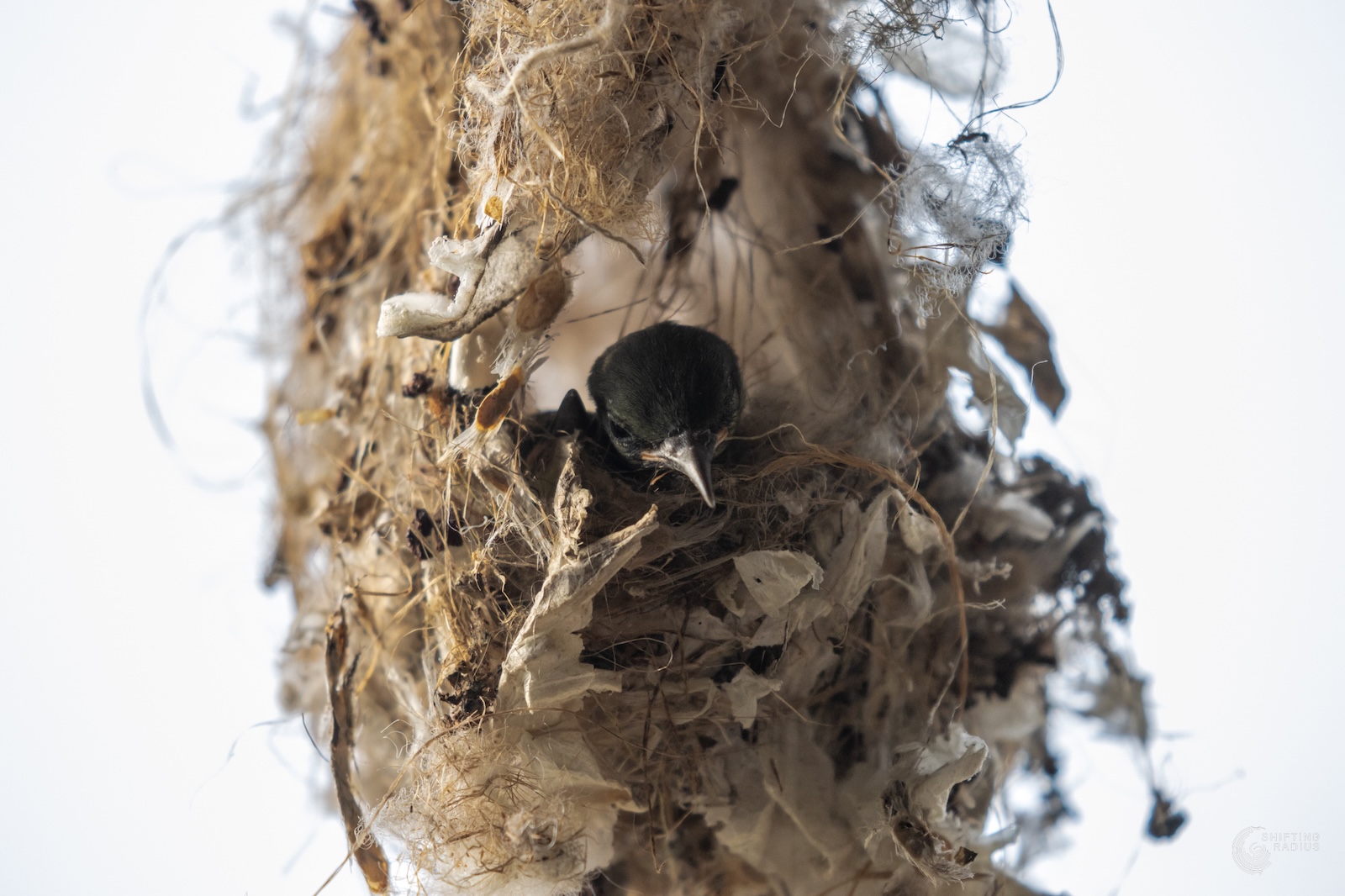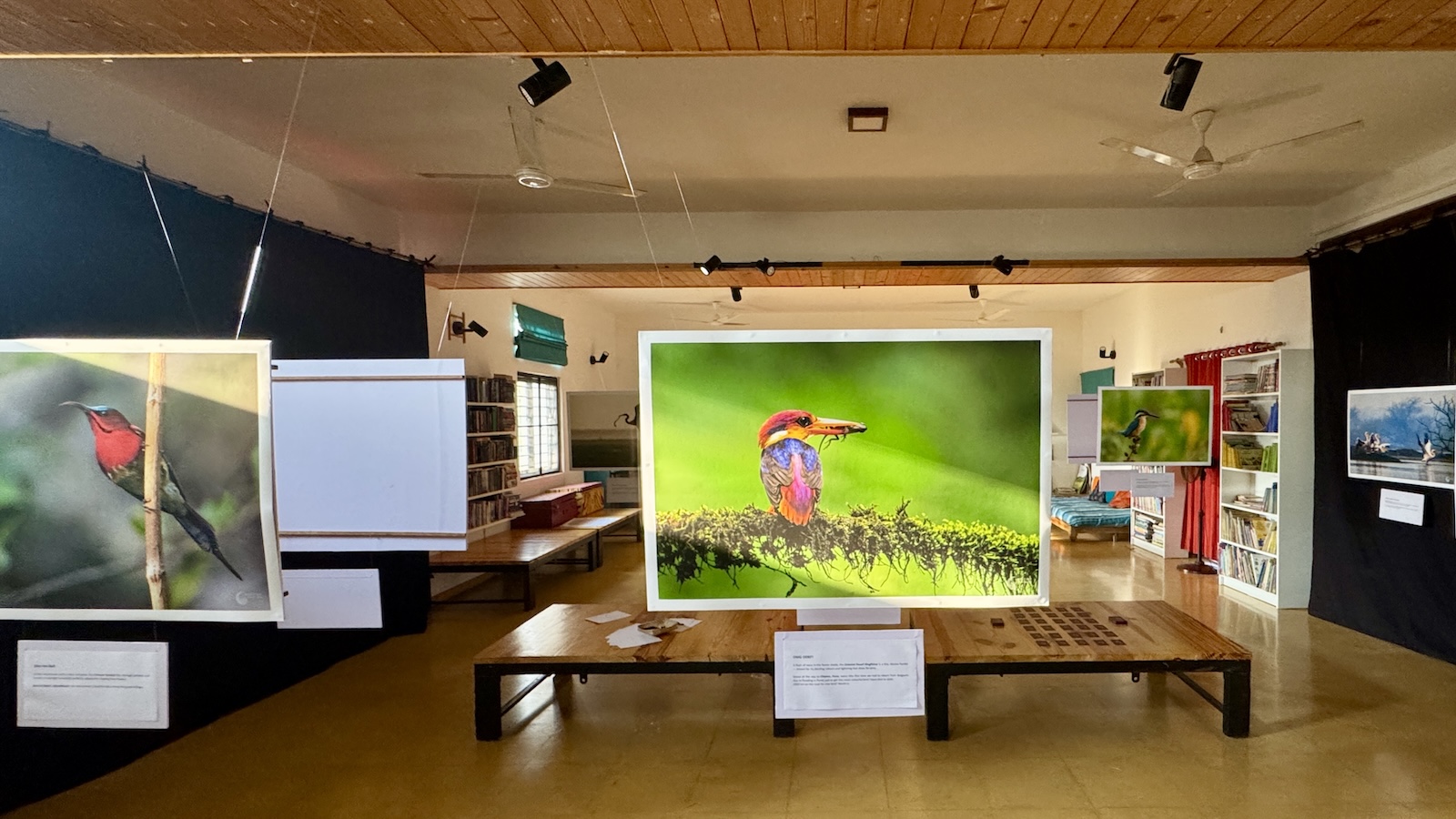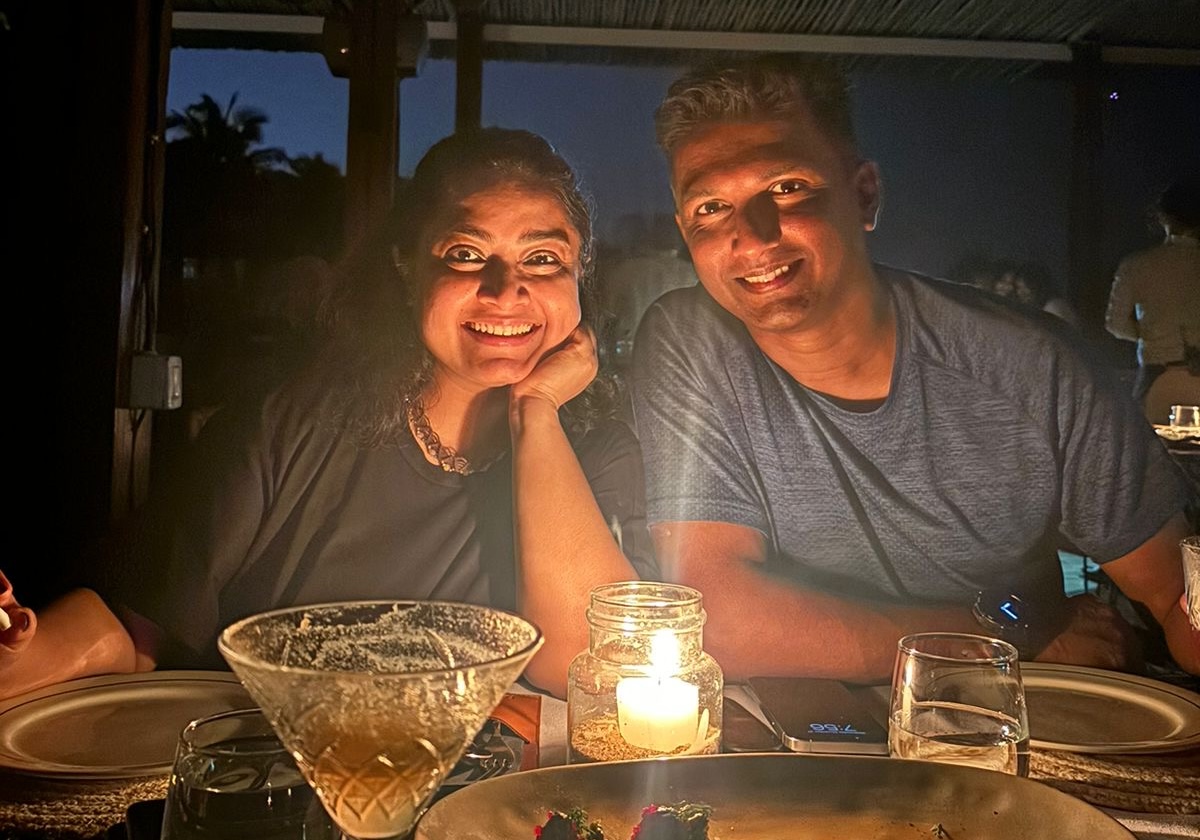There’s something magical about peeking into the private world of birds. But there’s also a responsibility that comes with it.
This morning, I found myself crouched behind a curtain, sipping coffee and silently cheering on a pair of Purple-rumped Sunbirds. My friends, Neha and Brikesh, had discovered a tiny nest dangling from the edge of their balcony. It was barely the length of a finger, stitched masterfully with cobwebs, dry grass, and perhaps a thread or two stolen from someone’s laundry line. Naturally, the photographer in me was intrigued—but the conservationist in me was cautious.
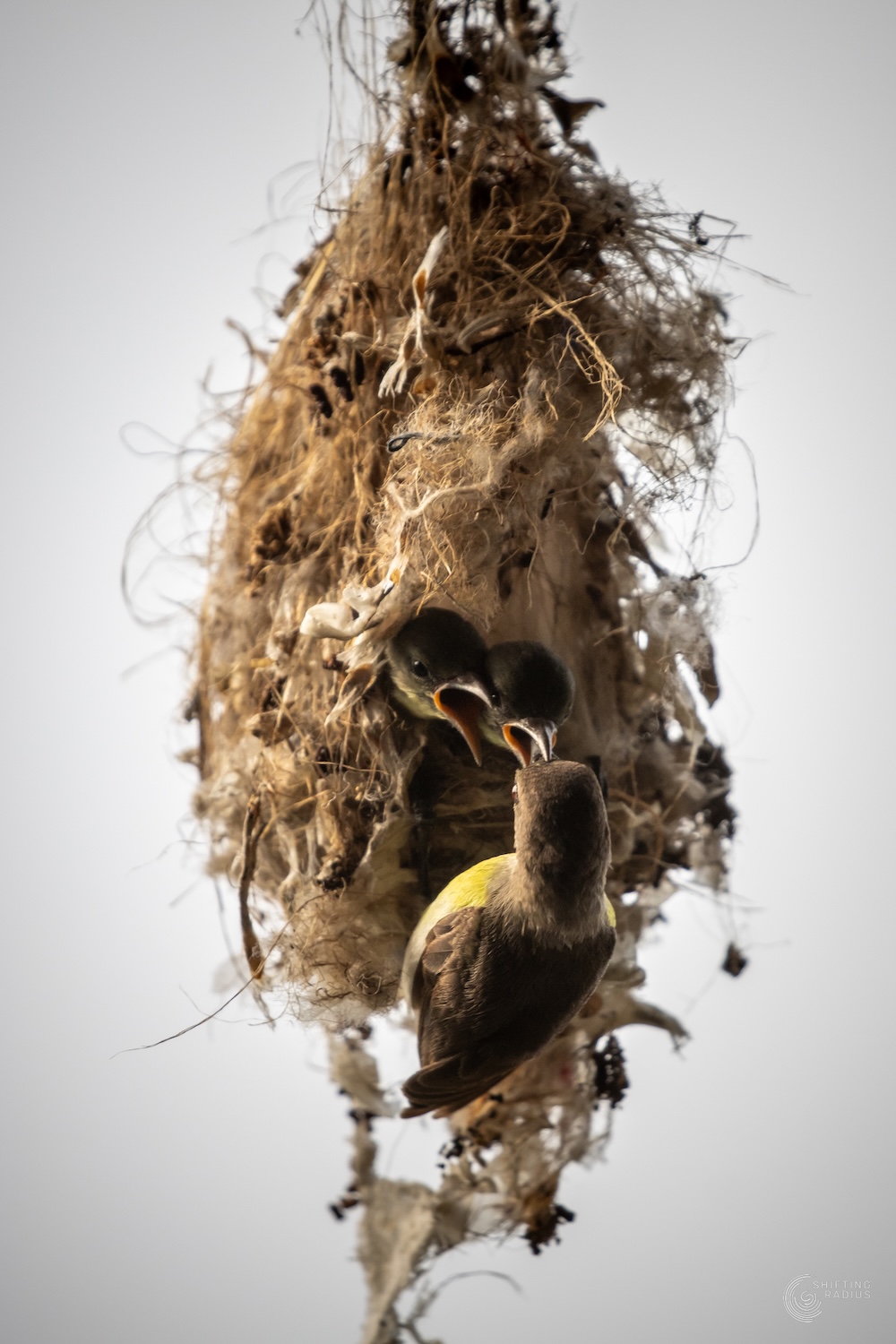


Instead of walking out with my camera and clicking away like it was a red carpet event, I chose a quieter route. I mounted a GoPro just outside, carefully shifting its angle over time based on how the parents responded. I made sure it wasn’t blocking their flight path or too close for comfort. Every time I adjusted it, I paused, stepped back, and waited for them to return. Their comfort dictated my camera work—not the other way around.
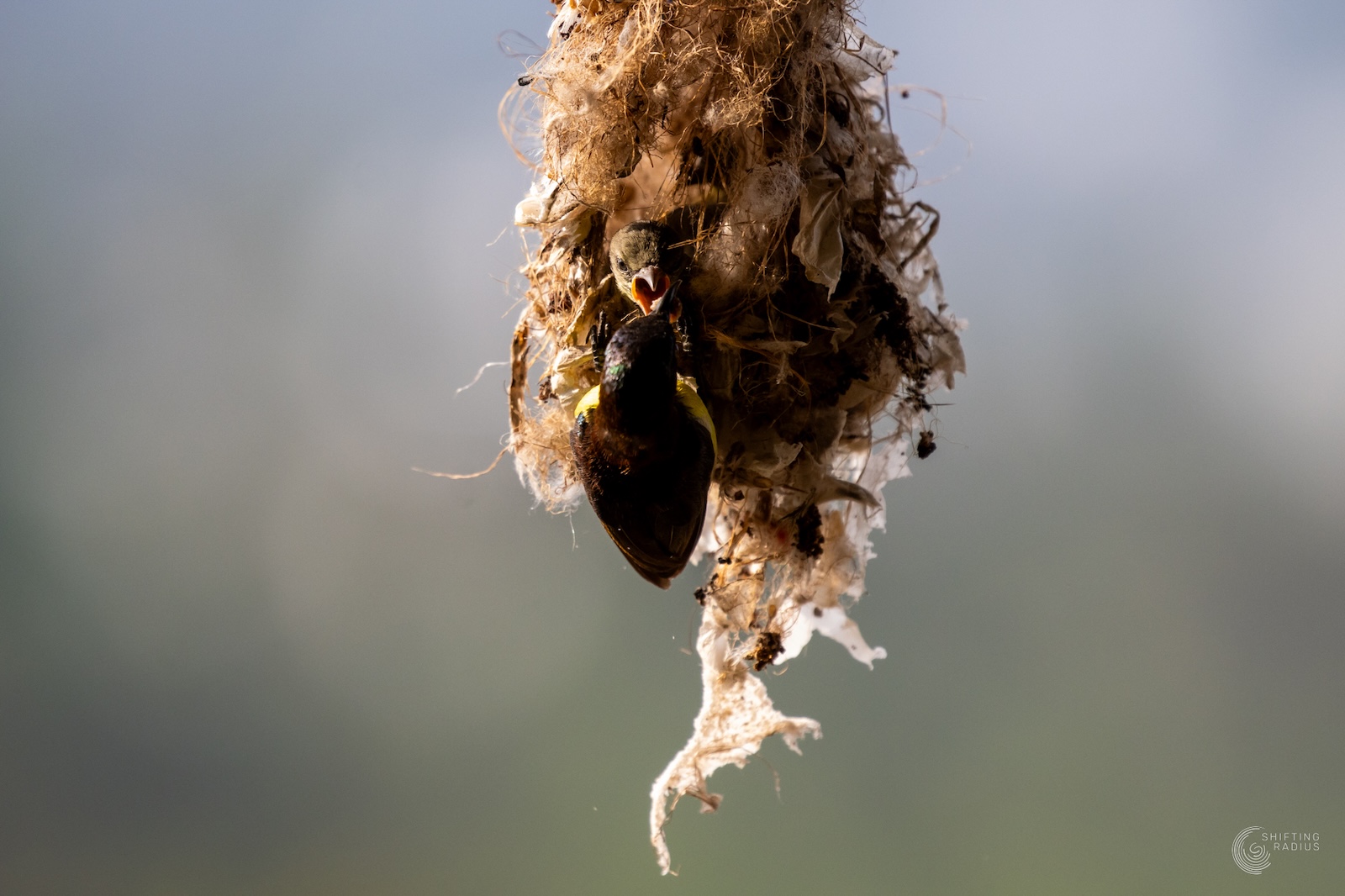


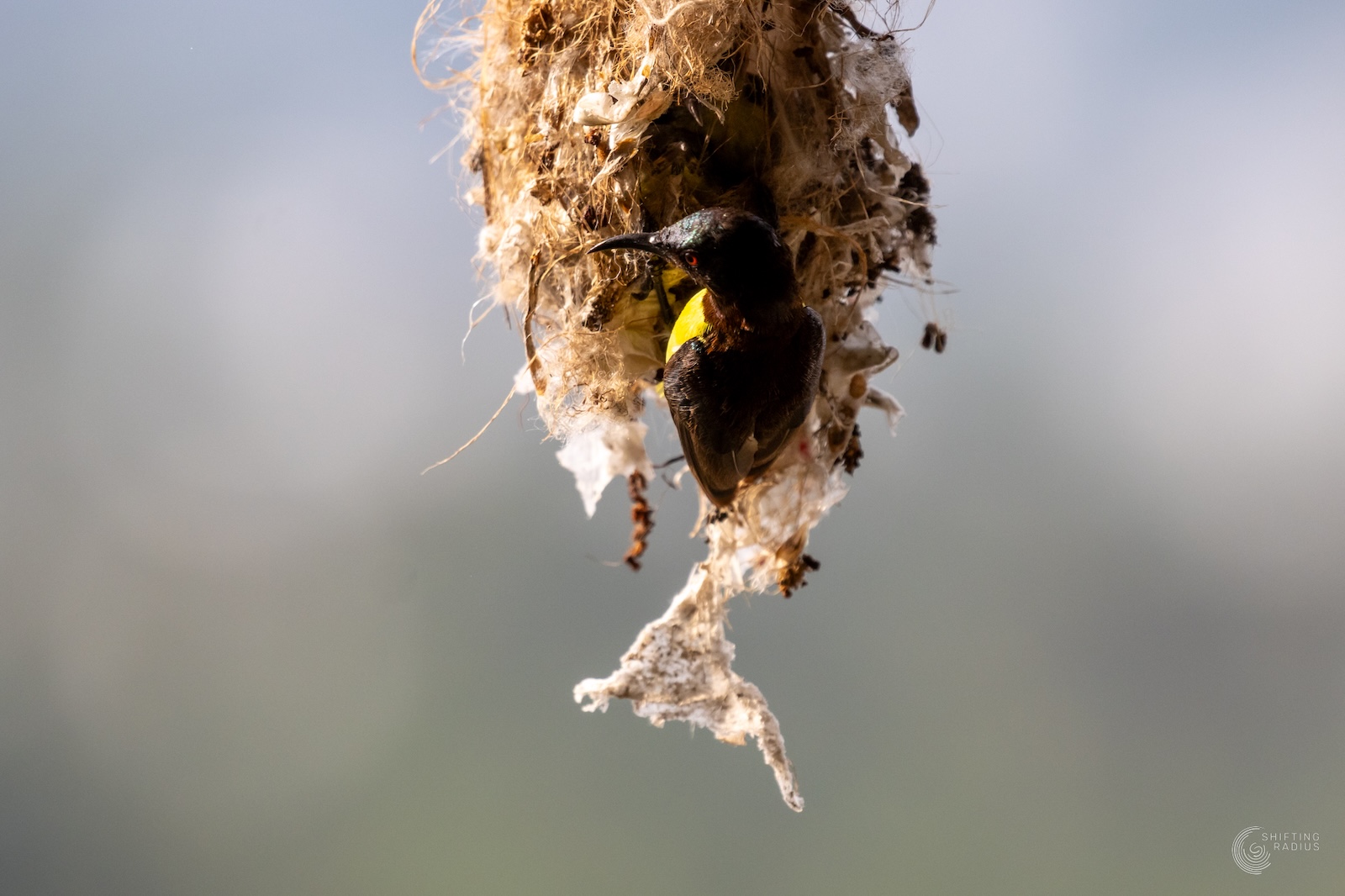
Inside the house, I used my trusty zoom lens. No sudden movements. No flash. No standing near the nest. Just a quiet vigil from a respectful distance. Unfortunately, the pale white sky background and sunlight directly hitting the nest from the opposite side didn’t provide me with the kind of shots I would’ve preferred.
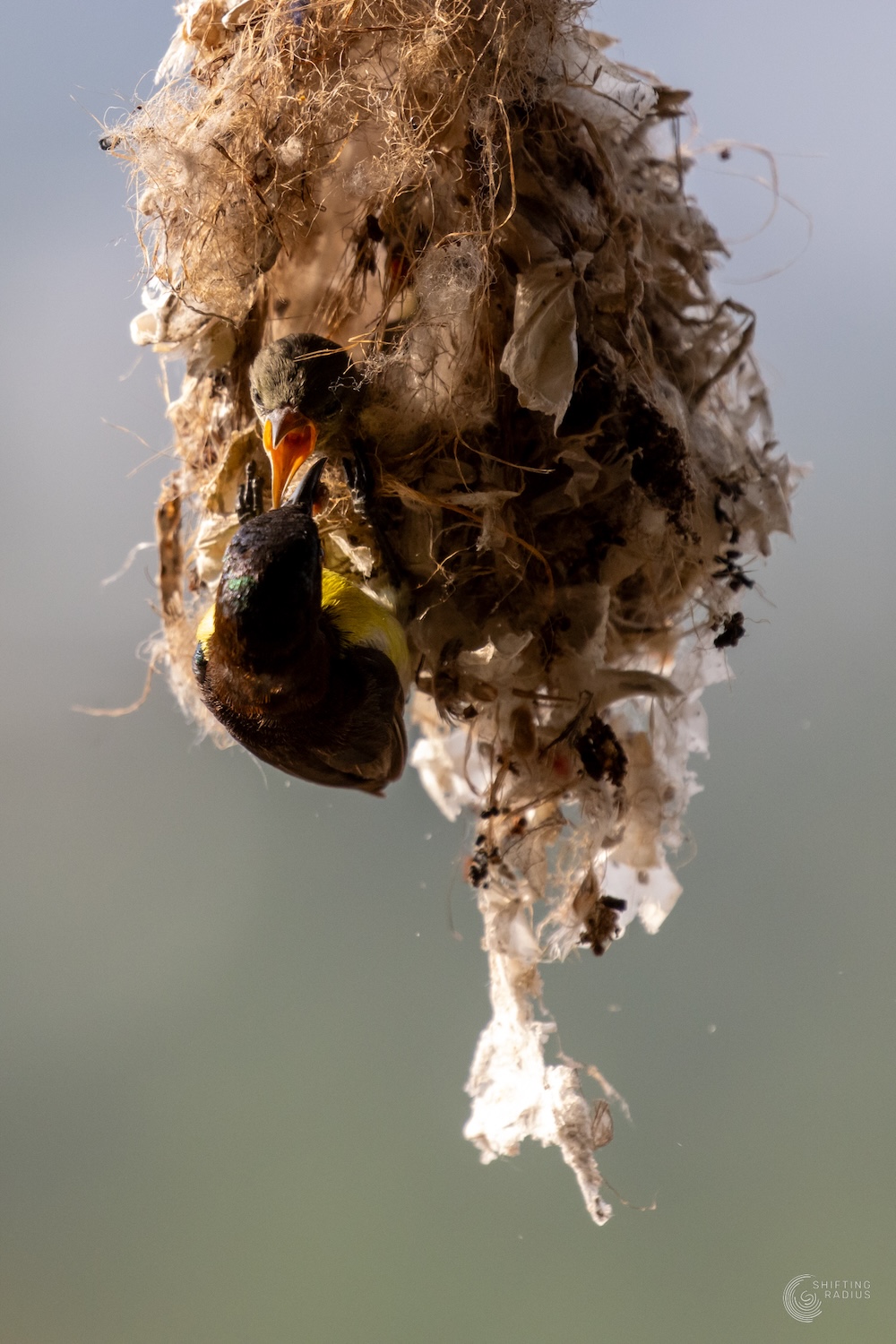
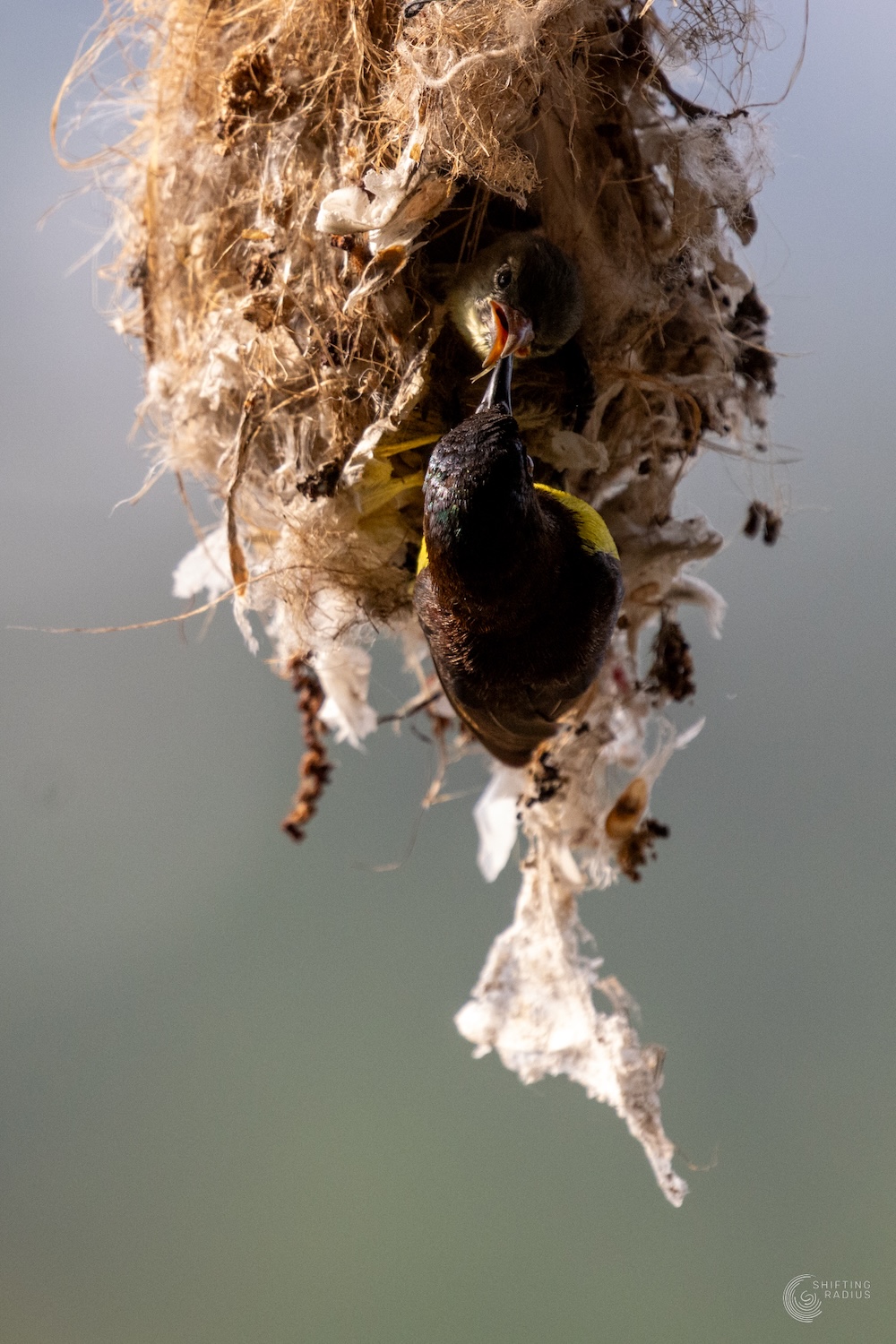

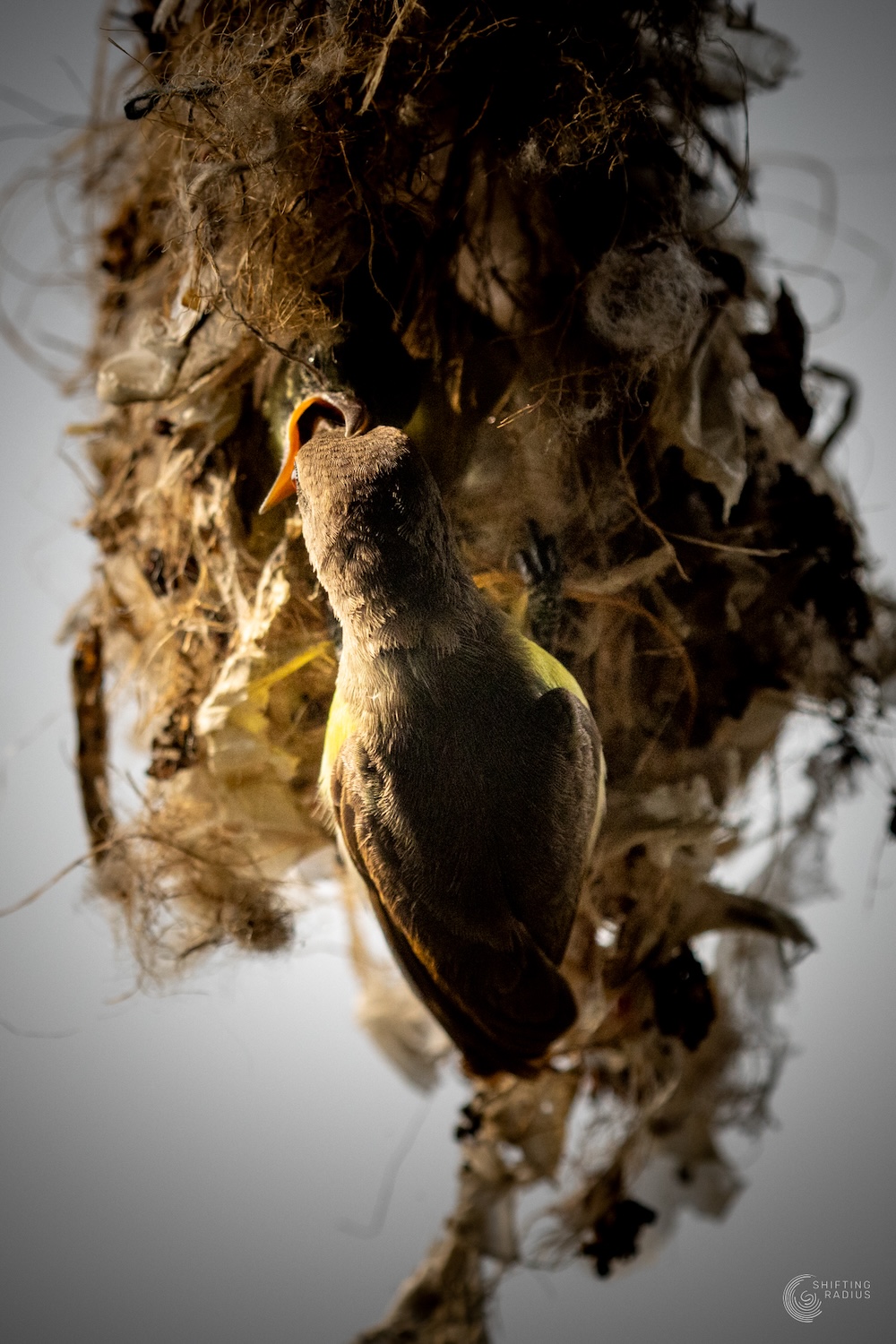
The footage was shot in 5.3K, not for bragging rights, just so I could crop into the frame later—revealing the finer details without ever getting physically closer. Because with nesting birds, what looks like a “quick shot” can cost them their peace, or worse, their chicks.
The female sunbird, diligent and graceful, visited the nest frequently. In two of those visits, she picked up fecal sacs handed over by the chicks—nature’s inbuilt housekeeping service! It’s a fascinating and necessary behavior; removing waste not only keeps the nest clean but also reduces scent trails that could attract predators.
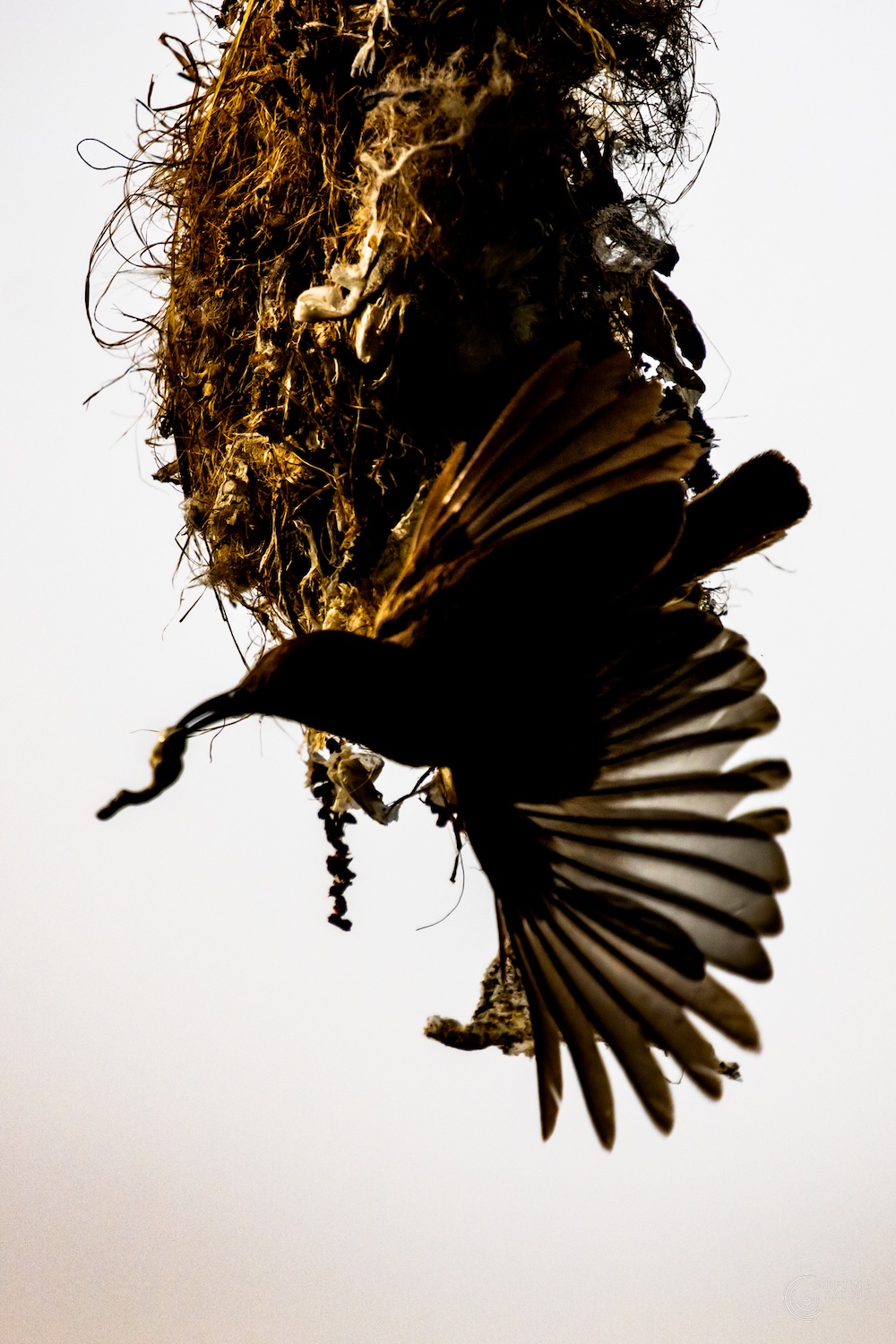
These subtle behaviors are often missed when you’re too focused on getting that perfect shot. But when you slow down, observe, and let them be, you realize that the stories unfolding are far more rewarding than any close-up could ever be.
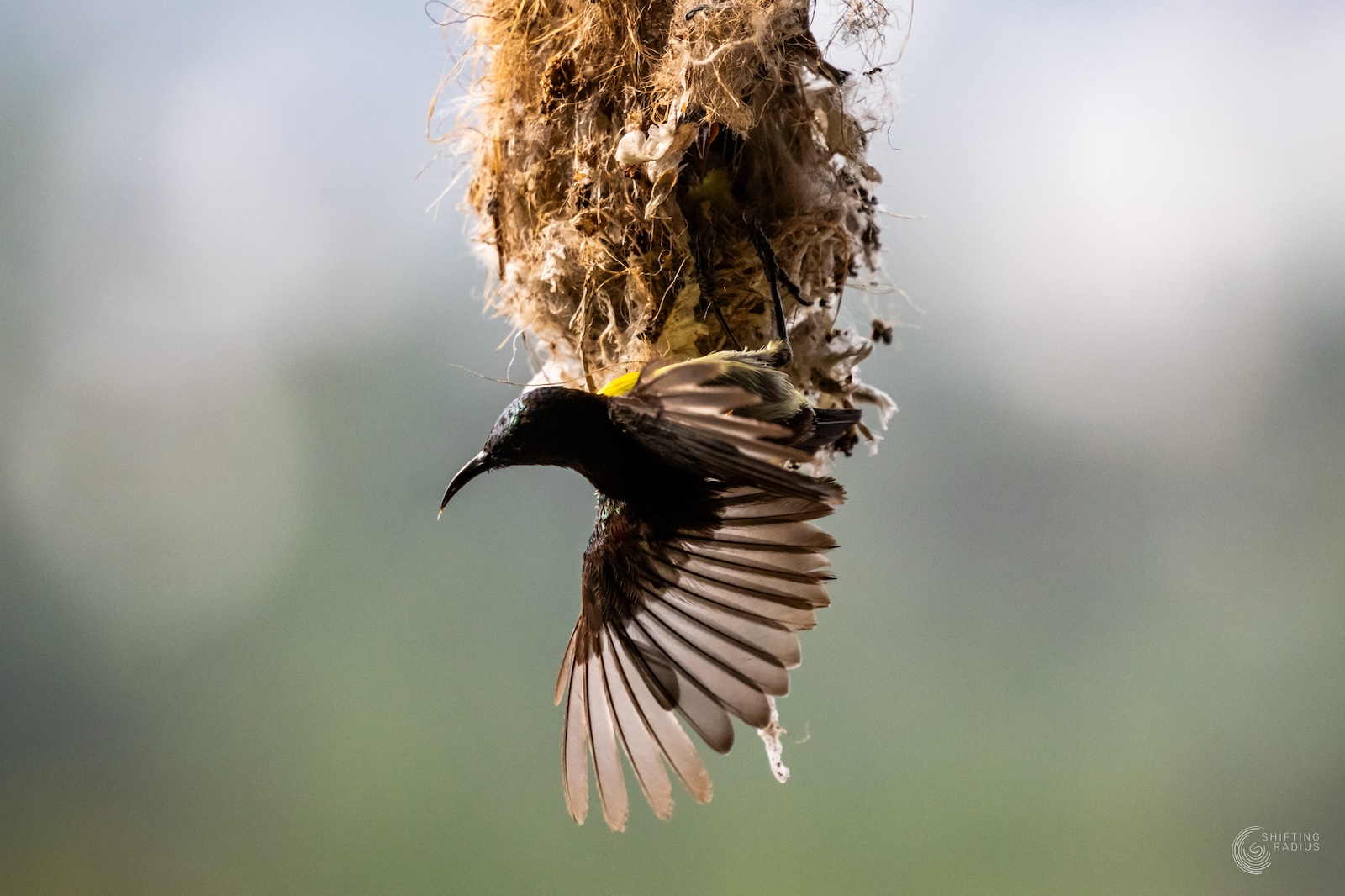
Facts About the Purple-rumped Sunbird:
Scientific Name: Leptocoma zeylonica
Endemic Range: Found only in the Indian subcontinent.
Size: Tiny, just about 10 cm long.
Diet: Primarily nectar, but they also feed on insects and spiders to meet protein needs, especially during nesting.
Nesting: The female builds the nest alone—a hanging pouch-like structure made of plant fibers, cobwebs, and human debris.
Parental Roles: The female does most of the incubation and chick-feeding. Males may occasionally help, but often stand guard.
Unique Behavior: As seen in this video, the female carries out waste management by removing fecal sacs from the nest—ensuring hygiene and safety.
The goal, always, is not to “capture” nature but to witness it—without being in the way. Because the best moments are those where nature forgets you’re even there.

